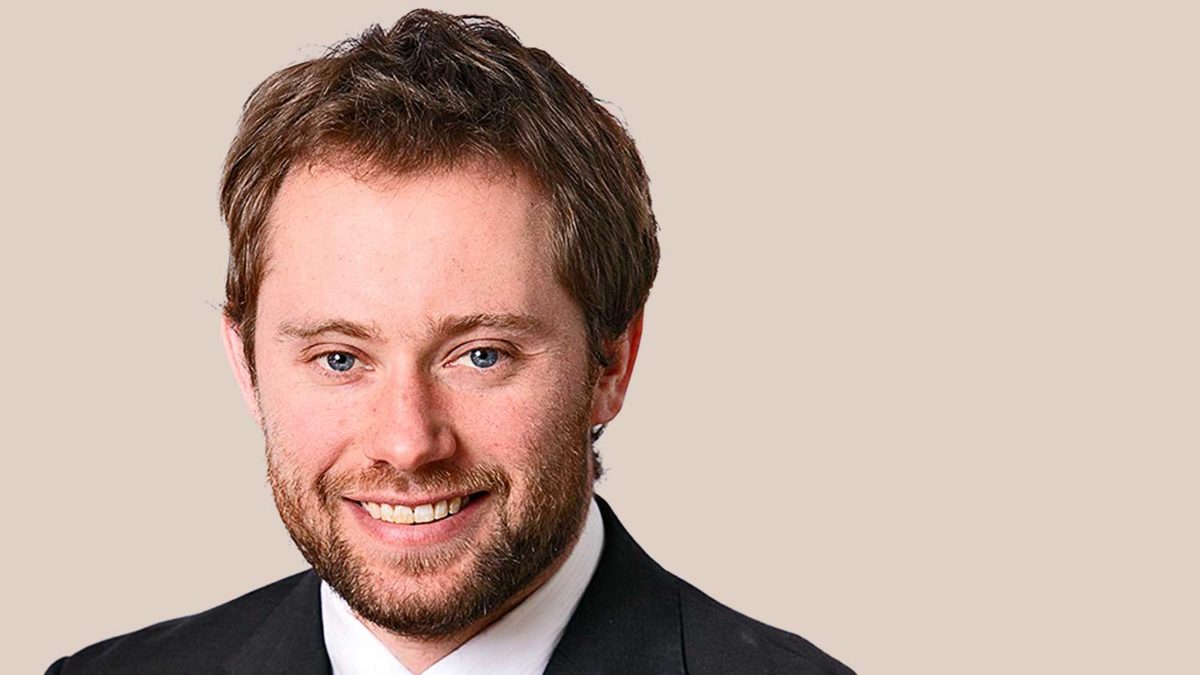‘Pre-mortems’ key to YFYS test
Trustees should consider “pre-mortem” stress tests and a whole of portfolio approach to the YFYS performance benchmarks to avoid underperformance, according to Willis Towers Watson (WTW).
Jonathan Grigg, WTW director for investments, says avoiding test failure will be a high priority for funds, but not one that can override the obligation to act in members’ best financial interests or the need to manage other objectives and risk in portfolio construction.
In another report on the consequences of the APRA performance test applied under the YFYS legislation, Grigg says: “The use of reverse stress testing (or ‘pre-mortems’) is also likely to be helpful; that is, thinking through the circumstances in which the fund actually fails the test and identifying the actions that could have been taken in order to prevent this. In short, funds should have a game plan for how to deal with underperformance as it unfolds in real time.”
Using a total portfolio approach rather than a “siloed” approach, where assets class buckets are considered in isolation, can help funds more effectively weigh up the competing objectives, while WTW is of the view that some asset classes – such as alternative credit and global equities – offer a higher reward-risk ration assuming they are implemented using “high quality managers and at reasonable fee levels.
The latest report, published July 15, says: “However, every fund will need to assess where it has the best chance of outperformance, based on the make-up of their portfolio and their own beliefs.
“It will also be important to assess portfolio-level impacts and interactions between active positions, noting that ‘active’ in a YFYS performance test context means both traditional active management, and investments that simply differ from the benchmark against which they are measured.”
WTW suggests that super funds first determine the likely implications of failing the test before moving on to assessing the weight placed on failure relative to other factors when considering the overall quality of their portfolio member outcomes, before moving on to the probability of failing the test deemed acceptable and the timeframe over which this will be assessed.











